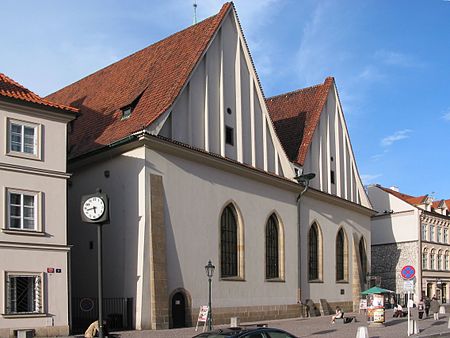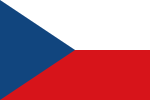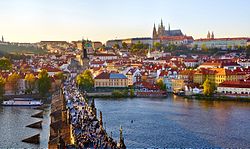Bethlehem Chapel
1384 establishments in EuropeChurches in Prague 1Czech building and structure stubsEuropean church stubsJan Hus ... and 2 more
National Cultural Monuments of the Czech RepublicRoman Catholic chapels in the Czech Republic

The Bethlehem Chapel (Czech: Betlémská kaple) is a medieval religious building in the Old Town of Prague, Czech Republic, notable for its connection with the origins of the Bohemian Reformation, especially with the Czech reformer Jan Hus.The chapel is named for the Innocents massacred in Bethlehem by Herod the Great in an attempt to kill the newborn Jesus Christ.
Excerpt from the Wikipedia article Bethlehem Chapel (License: CC BY-SA 3.0, Authors, Images).Bethlehem Chapel
Betlémské náměstí, Prague Old Town
Geographical coordinates (GPS) Address External links Nearby Places Show on map
Geographical coordinates (GPS)
| Latitude | Longitude |
|---|---|
| N 50.084444444444 ° | E 14.4175 ° |
Address
Betlémská kaple
Betlémské náměstí
116 65 Prague, Old Town
Prague, Czechia
Open on Google Maps









